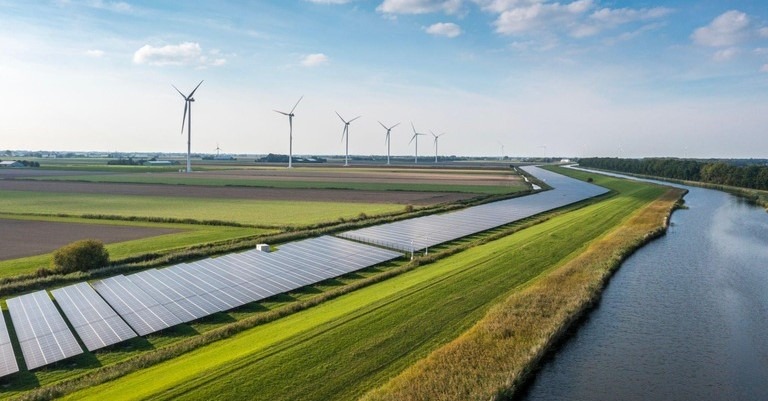COP 28, the 28th Conference of Parties to the United Nations Framework Convention on Climate Change (UNFCCC), is currently underway in Dubai, United Arab Emirates, with a focus on addressing the urgent need to combat climate change. The conference aims to limit the rise in global temperatures to 1.5°C and achieve net-zero emissions by 2050.
International Cooperation for Climate Resilience:
During COP 28, a significant collaboration emerged, involving more than 70 countries and 40 international and humanitarian organizations. This collective effort is dedicated to enhancing climate resilience in fragile and conflict-affected states. The initiative reflects a global commitment to addressing climate challenges, recognizing the disproportionate impact on vulnerable regions.
Financial Safeguards Against Climate Disasters:
In a separate development at COP 28, multilateral lenders and wealthy nations are working on innovative financial mechanisms to shield vulnerable nations from the economic fallout of climate-related disasters. Plans include the establishment of a special climate disaster fund, the incorporation of “disaster clauses” in new loans, and the facilitation of lending structures to mitigate the consequences of events like floods, wildfires, droughts, and other extreme weather events.
Understanding Climate Risks for Businesses:
Climate risks pose potential negative impacts on businesses, categorized into physical risks and transition risks. Physical risks encompass direct consequences of climate change, such as extreme weather events, sea-level rise, and shifts in precipitation patterns. Transition risks, on the other hand, involve indirect impacts, including policy changes, technological advancements, and evolving consumer preferences.
Impact of Physical Risks on Businesses:
Businesses face various challenges due to physical risks. Extreme weather events can cause property damage, disrupt supply chains, and escalate insurance costs. Rising sea levels may result in infrastructure damage and transportation disruptions, while changes in precipitation patterns can affect water availability, impacting agriculture and energy sectors.
Impact of Transition Risks on Businesses:
Transition risks also present challenges for businesses. Policy changes focused on reducing greenhouse gas emissions may lead to increased regulation and higher costs for carbon-intensive industries. Advancements in renewable energy technologies may result in stranded assets for fossil fuel companies and shifts in consumer preferences towards sustainability can reduce the demand for carbon-intensive products.
Managing Climate Risks for Businesses:
To navigate climate risks, businesses must identify and assess their vulnerabilities. This involves conducting a comprehensive risk assessment, developing a climate risk management plan, and integrating climate considerations into decision-making processes. By doing so, businesses can not only protect themselves from the negative impacts of climate change but also identify opportunities to thrive in a decarbonizing world.






